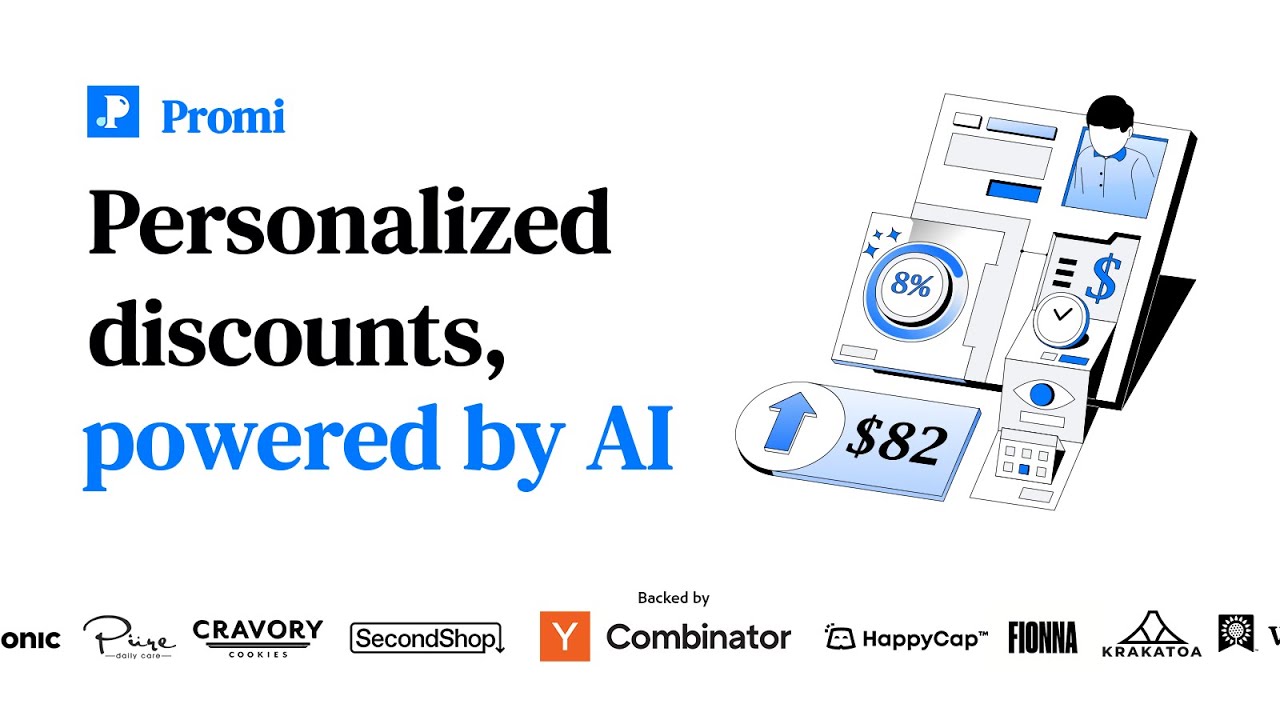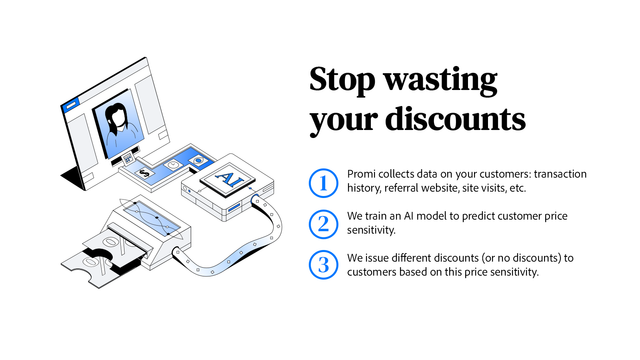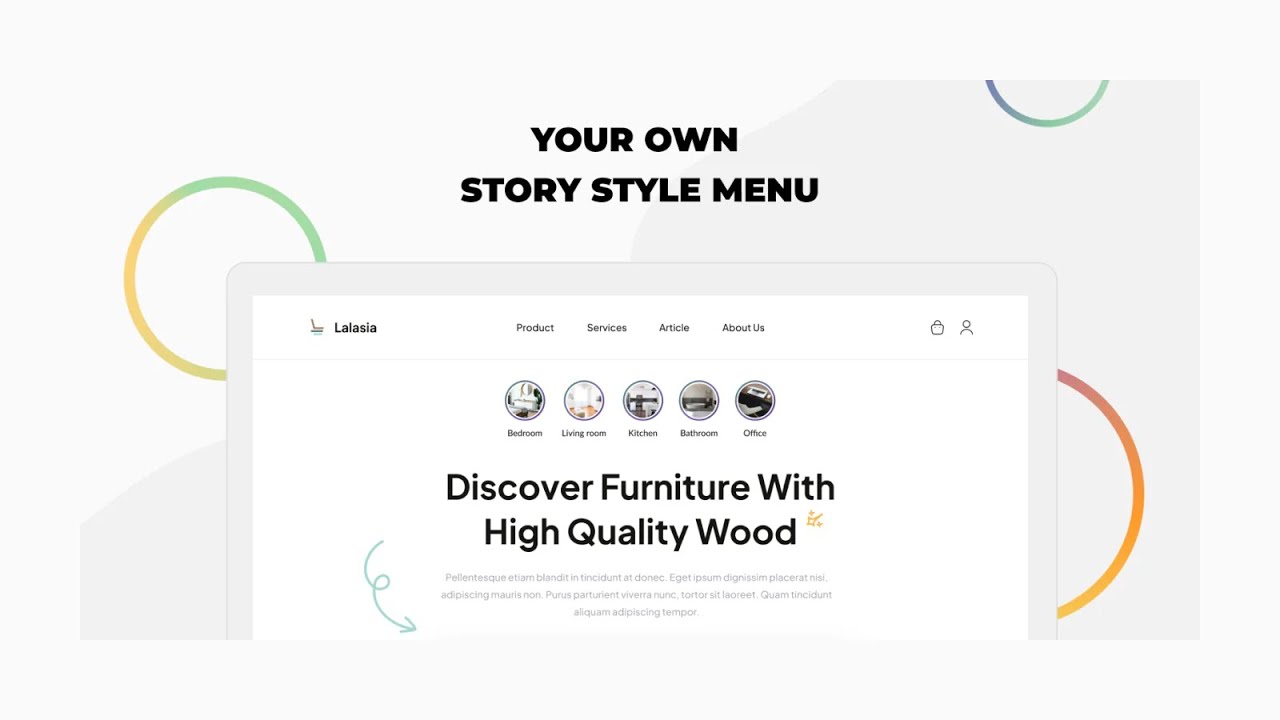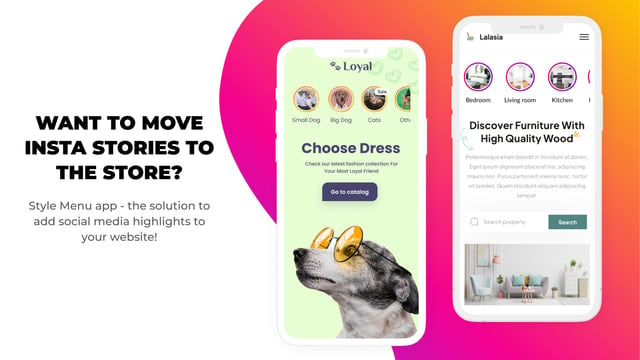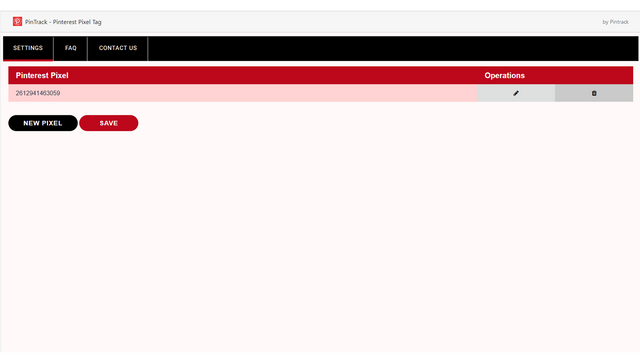Conversion rate optimization (CRO) is a crucial aspect of any successful online business. By improving the conversion rate of your website, you can maximize the number of visitors who take the desired action, whether it be making a purchase, signing up for a newsletter, or filling out a form. In this ultimate guide, we will dive deep into the world of conversion rate optimization, exploring its importance, key elements, the role of analytics, advanced techniques, and how to overcome common challenges.
Understanding Conversion Rate Optimization
Conversion Rate Optimization (CRO) is the process of improving the percentage of website visitors who complete a desired action. This action could include making a purchase, filling out a form, subscribing to a service, or any other activity that aligns with the goals of your website. The ultimate goal of CRO is to increase revenue, leads, and the overall success of your online business.
When it comes to CRO, it's important to understand that it's not just about increasing the number of visitors to your website, but rather about maximizing the value you get from each visitor. By optimizing your conversion rate, you can make the most of your existing traffic and increase your revenue without having to spend more on advertising or acquiring new visitors.
So, why is conversion rate optimization important? Well, simply put, it directly impacts the success of your online business. By improving your conversion rate, you can effectively turn more of your website visitors into paying customers or leads. This means that you can generate more revenue from the same amount of traffic, ultimately boosting your bottom line.
But it's not just about the financial benefits. CRO also allows you to identify and address any obstacles or friction points in the user journey. By understanding how users interact with your website and where they may be getting stuck or experiencing difficulties, you can make targeted improvements to enhance the overall user experience.
By providing a seamless and user-friendly experience, you can increase the likelihood of conversions and build trust with your audience. This, in turn, can lead to repeat business, positive word-of-mouth recommendations, and a stronger brand reputation.
Ultimately, conversion rate optimization is about continuously improving and refining your website to ensure that it is as effective as possible in achieving your business goals. By analyzing data, conducting experiments, and making data-driven decisions, you can optimize your website for maximum conversions and long-term success.
Key Elements of Conversion Rate Optimization
Conversion rate optimization (CRO) is a crucial aspect of any successful online business. By optimizing various elements of your website, you can significantly improve the percentage of visitors who take the desired action, such as making a purchase, filling out a form, or subscribing to a newsletter. In this article, we will explore some key elements of CRO and how they can positively impact your conversion rates.
Landing Page Design
A well-designed landing page plays a crucial role in conversion rate optimization. It serves as the first impression for your visitors and can make or break their decision to take the desired action. To create an effective landing page, you need to consider several factors.
First and foremost, your landing page should have a clear and compelling headline that immediately grabs the attention of your visitors. It should clearly communicate the value proposition of your offer and entice them to explore further. Additionally, a concise and persuasive call to action (CTA) is essential. Your CTA should clearly state what you want the visitor to do and why they should do it.
Furthermore, visually appealing elements can guide the user towards taking the desired action. This can include high-quality images or videos that showcase your product or service, testimonials from satisfied customers, or trust badges that instill confidence in your brand. It's important to strike a balance between visual appeal and loading speed, as a slow-loading landing page can deter visitors from taking action.
Lastly, with the increasing number of users accessing websites through smartphones and tablets, it is crucial to optimize your landing page for mobile devices. This ensures that your page is displayed correctly and is easy to navigate, regardless of the device being used. Mobile optimization can significantly improve the user experience and increase the chances of conversions.
Call to Action Strategies
Your call to action (CTA) is the gateway to conversions. It is the element that prompts visitors to take the desired action and should be strategically placed on your website. To create an effective CTA, you need to consider various strategies.
Firstly, your CTA should be easily noticeable and stand out from the rest of the page. This can be achieved through the use of contrasting colors, bold typography, or strategically placed buttons. By making your CTA visually prominent, you increase the chances of visitors noticing and engaging with it.
Secondly, the language used in your CTA plays a crucial role in its effectiveness. Action-oriented language, such as "Get Started Now" or "Claim Your Free Trial," can create a sense of urgency and encourage visitors to take immediate action. Additionally, offering incentives, such as a discount or free bonus, can further motivate visitors to convert.
Lastly, it's important to test and optimize your CTAs regularly. A/B testing different variations of your CTA can help you identify which design, language, or placement works best for your target audience. By continuously refining your CTAs, you can improve their effectiveness and ultimately increase your conversion rates.
User Experience and Site Navigation
Creating a seamless user experience (UX) and ensuring easy site navigation are vital for conversion rate optimization. A positive user experience not only enhances the chances of conversions but also leads to higher customer satisfaction and repeat visits.
When it comes to UX, your website should be organized in a logical and intuitive manner. Visitors should be able to quickly find the information they need and navigate through your site without any confusion or frustration. This can be achieved through clear and consistent navigation menus, well-structured content, and intuitive search functionality.
Additionally, optimizing your website's loading speed is crucial for a positive user experience. Slow-loading pages can lead to high bounce rates and lower conversion rates. By optimizing images, minifying code, and leveraging caching techniques, you can significantly improve your website's loading speed and provide a smoother browsing experience for your visitors.
In conclusion, conversion rate optimization is a continuous process that involves optimizing various elements of your website to increase the percentage of visitors who take the desired action. By focusing on landing page design, call to action strategies, and user experience, you can significantly improve your conversion rates and ultimately drive more revenue for your business.
The Role of Analytics in Conversion Rate Optimization
Tracking User Behavior
Analytics tools such as Google Analytics provide valuable insights into user behavior on your website. By tracking metrics like bounce rate, time on page, and click-through rates, you can identify patterns and understand what aspects of your website are working well and where improvements are needed. This data serves as a foundation for making informed decisions and implementing effective CRO strategies.
Interpreting Analytics Data
While collecting data is crucial, interpreting and analyzing it correctly is equally important. By examining your analytics data, you can identify specific pages or elements that are causing visitors to drop off or lose interest. This enables you to make data-driven decisions and implement changes that will have the greatest impact on your conversion rate.
Advanced Conversion Rate Optimization Techniques
A/B Testing for Conversion Rate Optimization
A/B testing involves comparing two or more versions of a web page to determine which one performs better in terms of conversions. By testing various elements such as headlines, images, CTAs, and page layout, you can iterate and optimize your website to maximize conversions. A/B testing allows you to make incremental improvements over time, leading to significant gains in your conversion rate.
Multivariate Testing and Conversion Rate Optimization
Multivariate testing takes A/B testing to the next level by simultaneously testing multiple elements on a web page. This technique allows you to understand the combined impact of different variations and optimize your website more efficiently. By testing multiple variables at once, you can uncover valuable insights and make faster improvements to your conversion rate.
Overcoming Common Conversion Rate Optimization Challenges
Dealing with Low Traffic and Conversion Rates
If your website has low traffic, it can be challenging to make significant improvements to your conversion rate. In such cases, it is essential to focus on driving targeted traffic through various marketing channels. Additionally, optimizing your website for search engines and improving your overall marketing strategy can help attract more qualified visitors who are more likely to convert.
Addressing High Bounce Rates
A high bounce rate indicates that visitors are leaving your website without taking any action. To address this challenge, you need to evaluate the quality and relevance of your website content, ensure your headlines align with visitor expectations, improve page load times, and enhance the overall user experience. By decreasing bounce rates, you can increase the chances of conversions and keep visitors engaged on your website for longer.
Conversion rate optimization is an ongoing process that requires continuous monitoring, testing, and iteration. By implementing the key elements of CRO, leveraging analytics data, using advanced testing techniques, and addressing common challenges, you can improve your conversion rate and unlock the full potential of your online business.
Ready to take your Shopify store to the next level? Let Owlfred, your wise companion from OwlMix, guide you through our extensive directory of innovative Shopify apps. Whether you're focused on boosting sales, optimizing email marketing, or streamlining inventory management, our tailored browsing experience will help you find your next Shopify app with ease. Join the ranks of successful store owners who have enhanced their online business with the perfect app. Start exploring now and watch your conversion rates soar!



